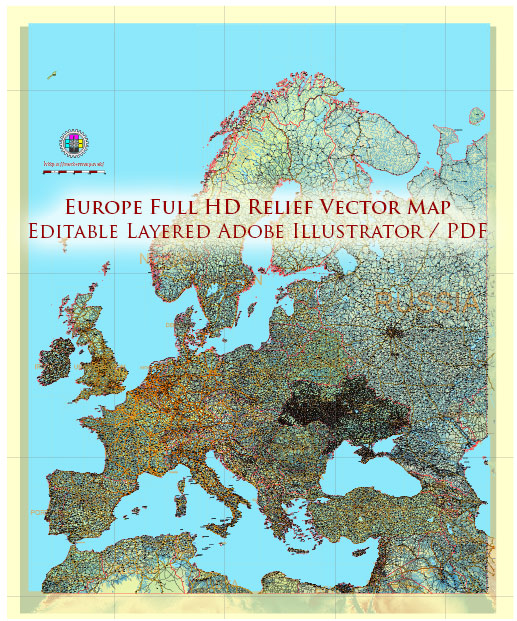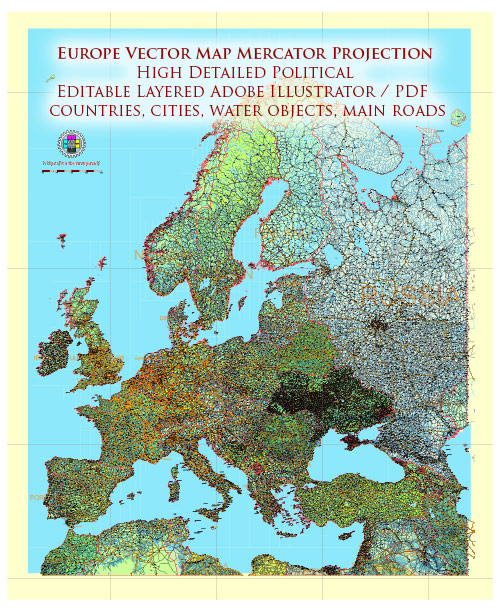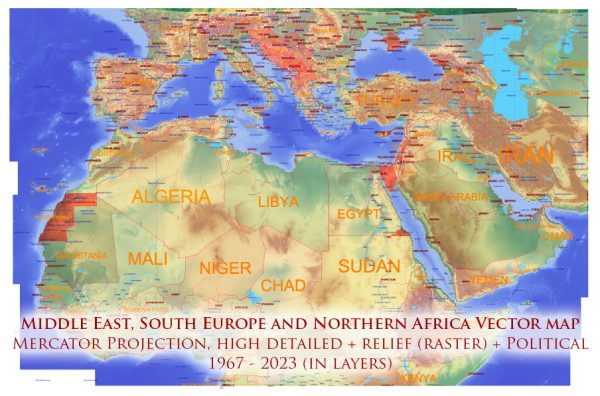Describing the entire road system of Europe is a massive undertaking due to the continent’s vast size and extensive network of roads. Europe’s road system is highly developed and includes various types of roads, from highways to local roads, and it connects countries and regions across the continent. Here are some key features of the European road system:
- Highways (Motorways/Autoroutes/Autobahnen): Europe has an extensive network of highways that connect major cities and regions. These are often referred to by different names in different countries (e.g., Autobahn in Germany, Autoroute in France). The European Union has a network of priority trans-European transport corridors that include these highways.
- National Roads: Each European country has its own system of national roads that connect cities, towns, and rural areas within that country. These roads vary in size and capacity.
- Local Roads: Local roads connect smaller towns, villages, and rural areas. These roads are essential for local transportation and access to more remote areas.
- Ring Roads: Many major European cities have ring roads or beltways that help manage traffic flow and provide a bypass around the city center.
- Mountain Passes: In regions with mountainous terrain, there are often winding mountain roads and passes, some of which are major routes, while others are more scenic and less traveled.
- Ferries and Bridges: Europe’s extensive coastline is linked by numerous ferries, and there are many bridges that span rivers, straits, and bodies of water to connect islands and different land masses.
- Tunnels: Europe has a number of tunnels, including those that pass through mountains, under bodies of water, and beneath cities.
- Historic Routes: Europe is rich in history, and there are many historic routes and roads, such as the Silk Road and the Camino de Santiago pilgrimage routes.
- International Routes: There are major international road routes that connect different parts of Europe. For example, the Trans-European Transport Network (TEN-T) includes key road corridors linking various regions.
- Road Signs and Regulations: Road signs, traffic regulations, and driving practices can vary between European countries, so it’s important for travelers to be aware of these differences.
Europe’s road system is well-maintained and generally safe for travel, but it can be quite complex due to the many countries and varying road conditions. To plan a trip through Europe, you should consult maps, navigation systems, and travel guides specific to the countries you intend to visit. Additionally, consider road conditions and regulations that may be influenced by weather, time of year, and local laws.




 Author: Kirill Shrayber, Ph.D.
Author: Kirill Shrayber, Ph.D.